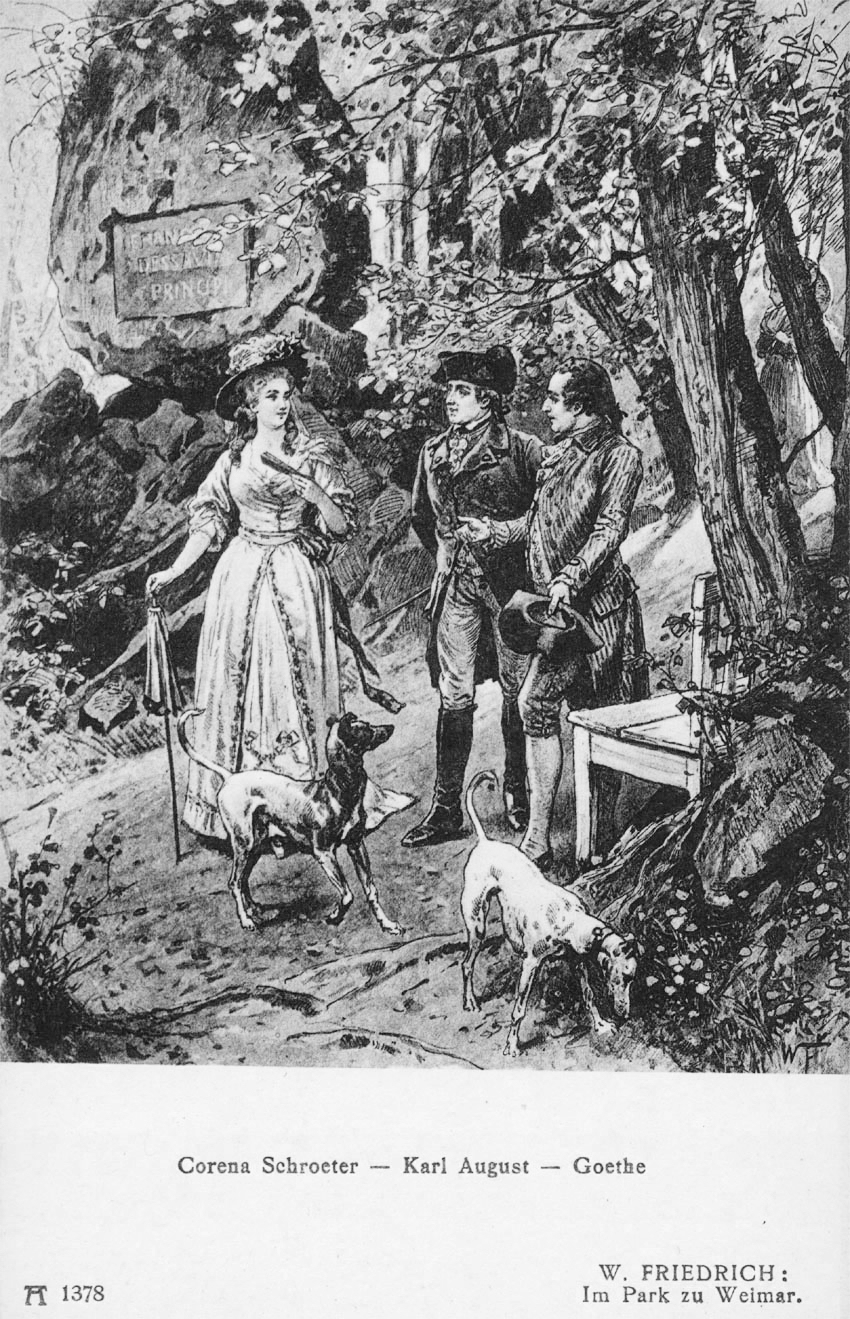Where did the Weim get its color?
Craig Koshyk
All theory, dear friend, is gray, but the golden tree of life springs ever green.
Johann Wolfgang von Goethe
Johann Wolfgang von Goethe
The Weimaraner has a unique grey coat inherited from the Grey Dogs of King Louis. Right?
Wrong.
The Weim's coat is not grey, it is not unique, and it didn't come from any 'Grey Dogs of King Louis'.
Wrong.
The Weim's coat is not grey, it is not unique, and it didn't come from any 'Grey Dogs of King Louis'.
OK, I can practically hear the bloomers bunching up right now and you are probably doing this:
but please, hear me out.
The Weimaraner's coat is not grey. It is brown. However, a mutation in the MLPH (Melanophilin) gene causes an uneven distribution of the brown pigment that leads to the formation of large granules (macromelanosomes) in the hair follicles and shafts. So instead of looking similar to a solid brown GSP type coat, the Weim coat appears as a 'diluted' brown which Weim folks call "grey" or "silver-grey". If a dog with a black coat has the same mutation, the uneven distribution of pigment leads to a similarly diluted appearance. In Weim circles, dilute black is called 'blue'.
Ok, so if the Weim's coat is brown (or black) but is diluted by a mutation, where did that mutation come from?
Short answer: no one really knows.
Long answer: While it is possible that a spontaneous mutation occurred in hunting dogs in the area around Weimar sometime in the mid to late 1800s, it is far more likely that a mutation occurred centuries before the Weim was even on the drawing board and was then brought in by one or more of the types of dogs used to create the Weimarner in the mid 1800s. But what kinds of dogs could have brought it in ?
One of the most oft repeated theories is that it came from the Chiens Gris (grey dogs) of Saint Louis of France. But as I explained in a previous post, King Louis’ dogs weren't actually grey. They were tri-colour black, brown and red.
One of the most oft repeated theories is that it came from the Chiens Gris (grey dogs) of Saint Louis of France. But as I explained in a previous post, King Louis’ dogs weren't actually grey. They were tri-colour black, brown and red.
 |
| Saint Louis' Chiens Gris (grey dogs) |
| Bavarian Mountain Hound |
 |
| Lemon Pointer |
If you read the old literature and look at old paintings and sculptures, one breed stands out. It had a grey coat, it was relatively common in Germany and elsewhere in Europe in the 1800s and it was popular among the nobility. The breed is the Italian Greyhound.
 |
| A reenactor as Frederick the Great with two grey Italian Greyhounds |
Italian Greyhounds were also relatively popular in Germany just before the development of the Weim and among people who had the means to undertake a breeding program. The Italian Greyhound was in fact the favorite dog of Germany's Frederick the Great (1712 – 1786). However, Frederick the Great was not a hunter, but actually one of the earliest supporters of animal rights. So he was probably not involved in any efforts to create a new breed of gundog. But other nobles in Germany who had Italian Greyhounds and enjoyed hunting may have been. Could their dogs have been the source of the dilution gene that made its way into Weim lines?
Could it have even been the dogs owned by good old Grand Duke Karl August? He was a great hunter, he had the ways and means of keeping many dogs of all types in his kennels and there are several works of art showing him with what are obviously greyhounds. And he is the guy that is usually credited with creating the Weim.
So maybe the real story is that the Grand Duke didn't actually create the Weim (as I speculate here) but somehow, his dogs managed to contribute a dilution gene to the ancestors of the Weim back when cross breeding and uncontrolled breeding was practiced just about everywhere.


